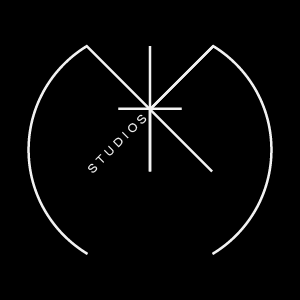2: How I use AI
Like many people out there, I was initially skeptical of AI. I still am, to some degree. But if I’m being honest, without AI, everything I’ve created here would’ve taken me months — not weeks.
What began as cautious curiosity has grown into a deeply integrated part of my creative process. Today, I use AI across nearly every phase of my workflow: researching, brainstorming, organizing, and editing. If a part of my process isn’t touched by AI, it’s probably because I haven’t figured out how to use it there yet — not because I don’t need it.
Here’s a look at how AI shows up in each stage of my creative workflow:
Shooting: From location scouting to technique tips
When I’m planning my next photo shoot, I often turn to ChatGPT to help explore potential destinations. I prompt it with a set of constraints — like how far I’m willing to travel, what amenities I need, or what kind of subjects I want to shoot. This helps me generate a short list of options that I can research further.
I also use it to create bucket lists and plan future itineraries, especially when I'm thinking about more extensive photography trips. It helps me visualize not just where I might go, but what I might be able to capture when I get there.
ChatGPT is also my go-to for quick learning. For instance, I recently wanted to photograph a sunset at a beach. Instead of watching multiple long YouTube videos, I asked ChatGPT how best to set up my camera — and got an immediate, readable answer. That kind of instant guidance is invaluable when you're short on time but eager to shoot.
Editing: Smarter post-production with Lightroom AI
Adobe Lightroom’s AI features have significantly enhanced my editing process. I use smart masking all the time — it's become second nature. The ability to isolate subjects or skies with a single click allows me to focus more on the creative side of editing rather than the technical slog.
Sometimes, I’ll use object removal tools to eliminate distractions in a shot. Very rarely, I’ll use the AI-based noise reduction — mostly when working with low-light captures. While subtle, these tools add polish and precision, helping the final image better support the story I’m trying to tell.
Graphics: Finding cover concepts with AI
Each of my photo sets is introduced with a cover — a graphic or illustration that visually cues the viewer into the theme or location. Creating these covers requires a lot of ideation, and when I hit a creative block, I turn to ChatGPT.
It helps me brainstorm illustration concepts and suggests what kind of motion I can use to bring a cover to life. When I can't find what I'm looking for on Adobe Stock, Pinterest, Instagram, YouTube, or Google Search, I’ll even ask ChatGPT to generate a visual reference image using AI art tools. It doesn’t replace my creative decisions — but it absolutely sparks them.
Motion: Adding movement to storytelling
Motion design is still new territory for me. I use animations in my video intros and set covers to add a dynamic, tactile quality to the experience. ChatGPT helps here by offering ideas on how to animate specific elements or transitions — things I might not have considered on my own.
For someone who's not traditionally trained in motion graphics, this kind of assistance is a creative unlock.
Video: Learning to build 15-second stories
Before this reboot, I had no idea how to put together a 15-second video. ChatGPT helped me break that down. It guided me through structuring a short video — the pacing, segmenting into intro-body-outro, and even what tools to explore.
While I’m still learning the ins and outs of video editing, having an AI partner to answer questions and test ideas with has made the process far less intimidating — and more exciting.
Content strategy: Supporting the words behind the visuals
As someone who primarily focuses on visual storytelling, writing used to be a bottleneck. But with ChatGPT, it’s no longer something I dread.
I still write all my original and final drafts, but I use ChatGPT to brainstorm titles and descriptions, workshop rough ideas, and help with editing. It’s like having an editorial assistant who’s always on call, helping me refine the words that frame my work.
This very blog post started as a few scattered thoughts I had typed out — and AI helped me shape them into what you're reading now.
Final thoughts
AI hasn’t replaced my creativity. It’s enabled it. It helps me move faster, iterate more, and stay in flow. It removes friction from the process and helps me focus on the part that matters most — the story I want to tell.
I’m still figuring out where the line is between automation and authorship, between support and substitution. But I do know this: AI has become a quiet but powerful collaborator in my creative process.
And if you’re curious about where it might fit into yours, my advice is simple — start small. Ask a question. Test a tool. You don’t need to master anything before you begin. Just begin.
